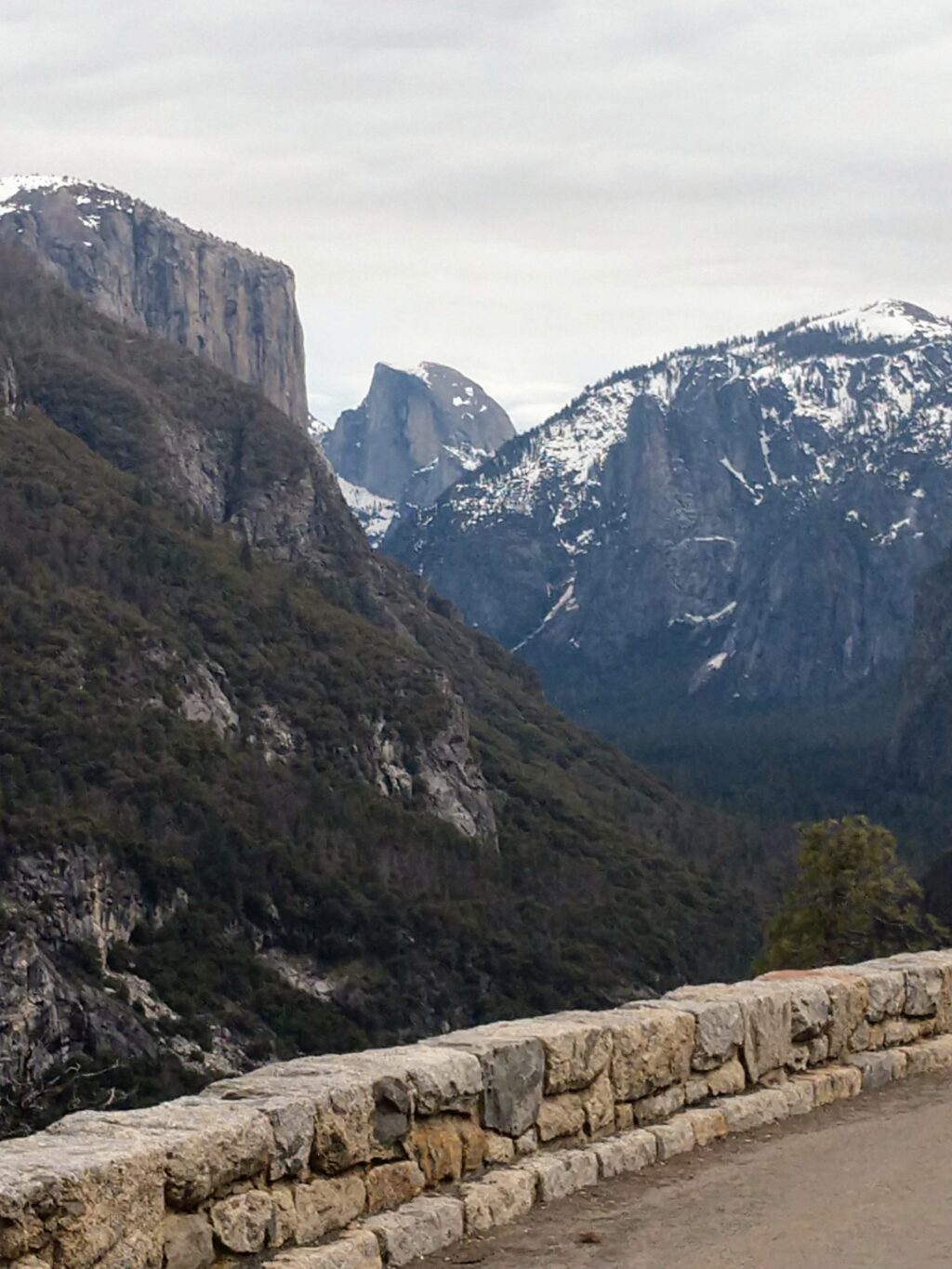
Introduction
Yosemite National Park is a breathtaking expanse of wilderness located in California’s Sierra Nevada mountains. This national park is renowned for its towering granite cliffs, sequoia trees, and diverse ecosystems, drawing millions of visitors each year. The significance of Yosemite lies not only in its natural beauty but also in its role as a symbol of America’s conservation efforts. With the ongoing challenges posed by climate change and increased tourist traffic, understanding Yosemite’s importance is more relevant than ever.
Key Features of Yosemite National Park
Established in 1890, Yosemite National Park spans over 750,000 acres and is famous for landmarks such as El Capitan, Half Dome, and Yosemite Falls, which is the tallest waterfall in North America. The park’s unique geological features were formed by glacial erosion, creating the stunning landscapes that attract rock climbers, hikers, and nature enthusiasts from around the globe.
The park’s diverse habitats are home to over 400 species of vertebrates, including black bears, mule deer, and coyotes, as well as countless plants and insects. The Giant Sequoias, some of the largest trees on Earth, can be found in Mariposa Grove, another highlight of the park.
Recent Developments and Ongoing Initiatives
In recent years, Yosemite has faced various challenges, including the impacts of wildfires, invasive species, and the increasing number of visitors. In response, park officials have implemented measures aimed at balancing conservation with public access. This includes enhancing infrastructure, such as improved parking and shuttle systems, to reduce overcrowding during peak seasons.
Moreover, the park has prioritized education and outreach programs focused on sustainability and conservation, encouraging visitors to practice Leave No Trace principles and understand their impact on the environment. With the launch of new digital tools, visitors can now access real-time information about trail conditions, weather alerts, and wildlife sightings, ensuring a safer and more enjoyable experience.
Conclusion
Yosemite National Park remains a crucial site for both natural beauty and biodiversity conservation. As climate change continues to pose threats to its ecosystems, the park serves as a reminder of the importance of preservation efforts and responsible recreation. Looking ahead, ongoing initiatives to protect this national treasure will be vital in ensuring that future generations can experience and appreciate the splendor of Yosemite National Park.



